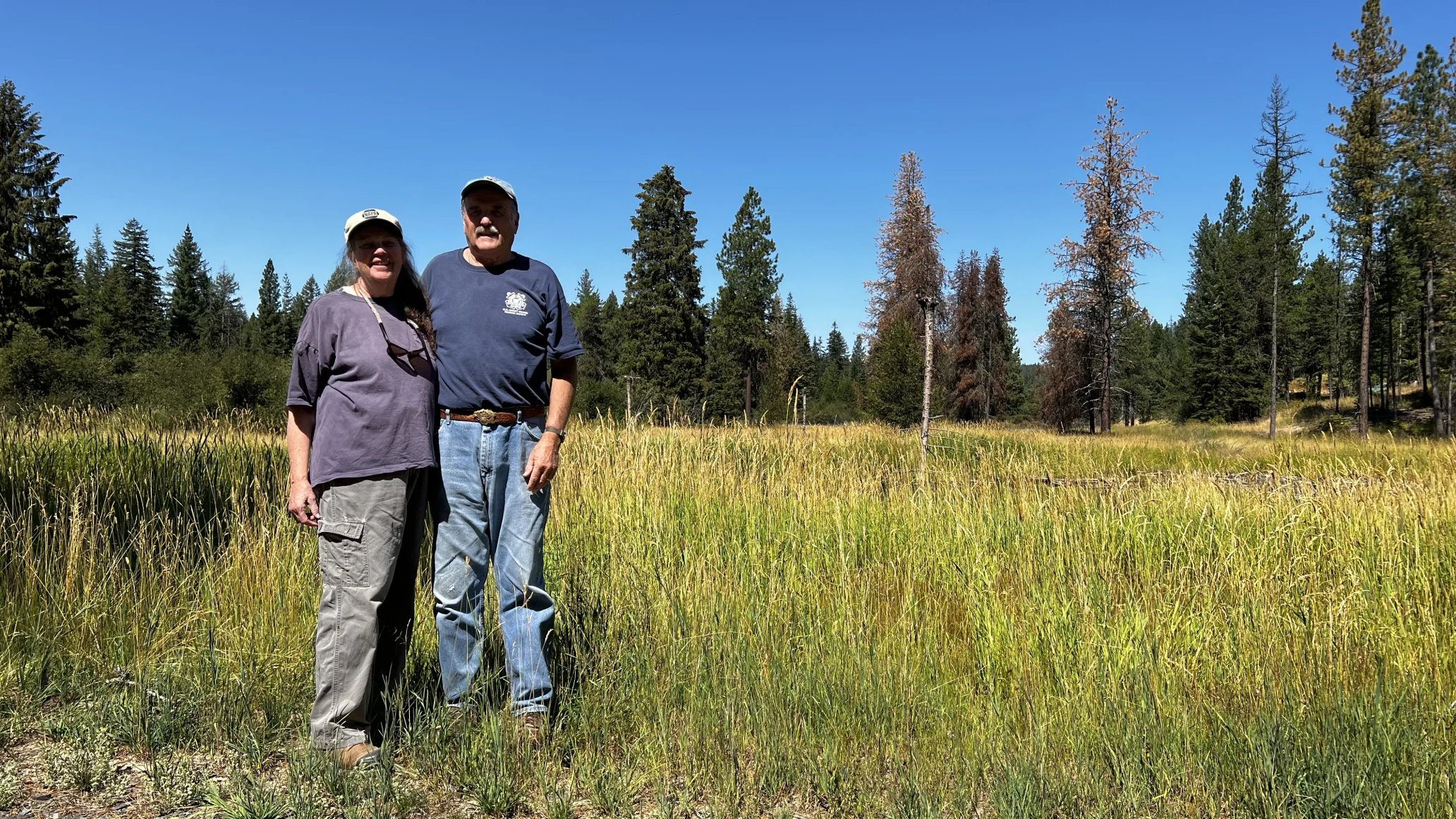Landowner-driven restoration in Idaho
Brian and Pam Robertson have spent the last five years of their retirement undertaking a large-scale stream restoration project on a half-mile section of Little Bear Creek, which flows through their property.

Jokingly they refer to this as their “Senior Project.” Historic logging practices left this section of the creek in a severely degraded, nonfunctional condition, resulting in a 12-foot-deep ditch where there was once a thriving wetland.
This incredible restoration project utilizes cutting-edge technology such as lidar (light detection and ranging equipment) — which helps determine the historic, pre-disturbance condition of the land — and then aims to get the stream system back to its natural state, known as the Stage 0 process. The project is the first of its kind in Idaho and the caliber of restoration being undertaken by private landowners is virtually unheard of, which speaks to the stewardship commitment of these thoughtful landowners and this project's merit for enhancing climate resilience.
“We love this place," said Pam with twinkling eyes. "The creek and trees are very special. We knew caring for it and bringing it back to life was the right thing to do."
“And now we are so pleased it will always be here. Working with all the agencies that helped make this possible was a real pleasure and we thank them all for their help and all they have taught us,” added Brian.
This river-wetland corridor is naturally resilient to flooding and periods of drought. As rainwater spreads, and is stored, it is released at a much slower rate, which allows the water to re-absorb into the ground more efficiently. The restoration is also good news for wildlife, including steelhead trout — which need clean, cold water for spawning — and the many species of waterfowl that migrate through in search of intact river bottom habitat to nest in.
This project has received over $350,000 in funding from sources such as Natural Resources Conservation Service, Idaho Fish and Game, U.S. Fish and Wildlife Service and the Robertsons themselves. Funding from the Land Trust Alliance’s Pacific Northwest Resilient Landscapes Initiative will make it possible for the Robertsons to work with Palouse Land Trust to conserve their land, protecting its legacy for future generations.